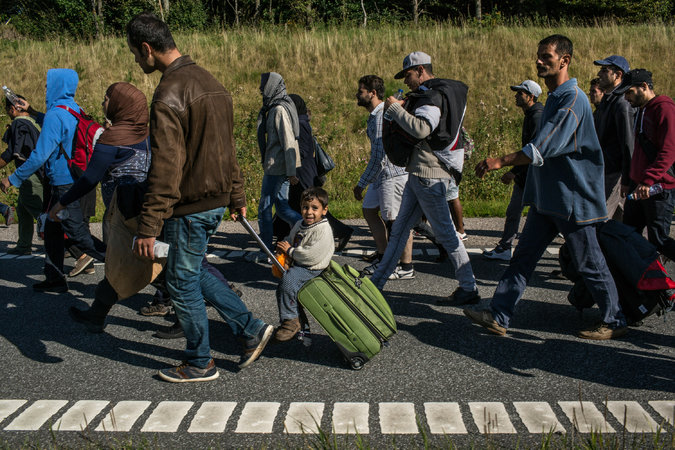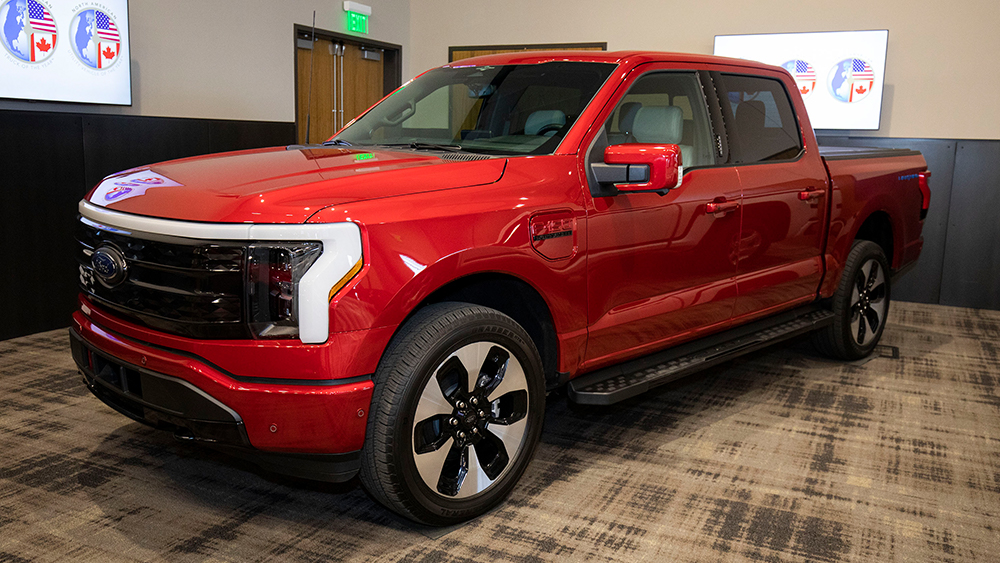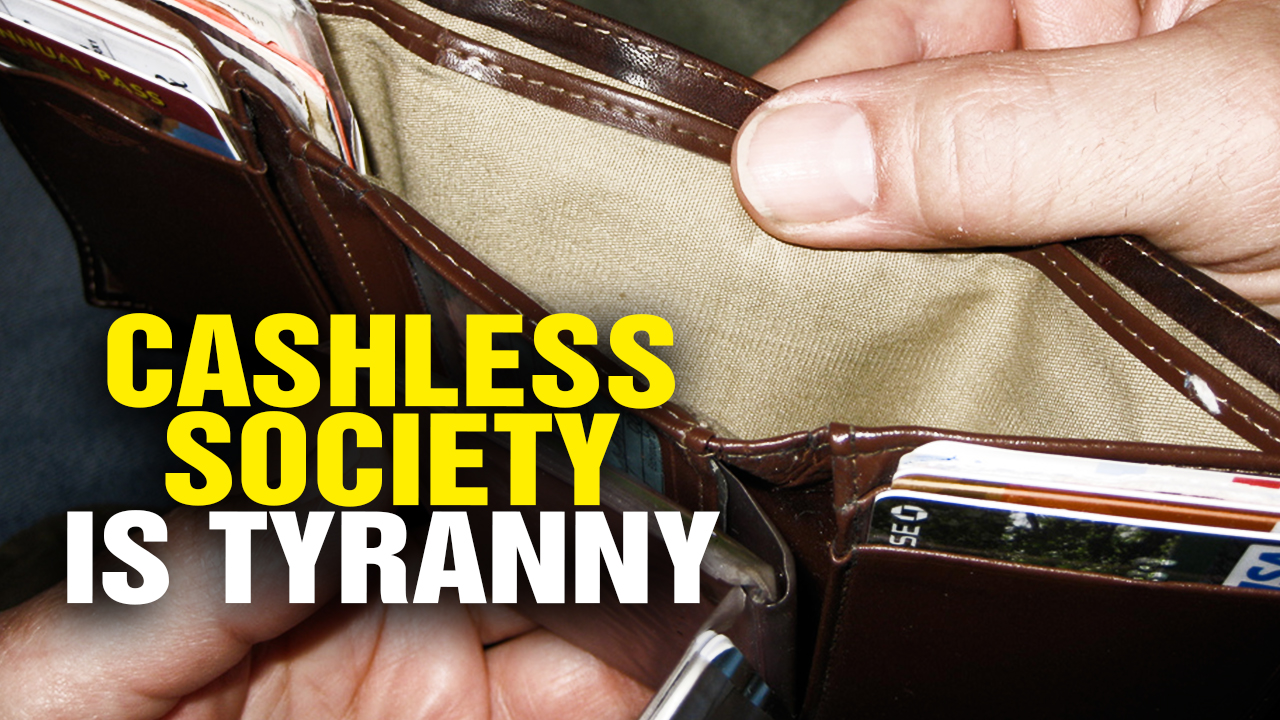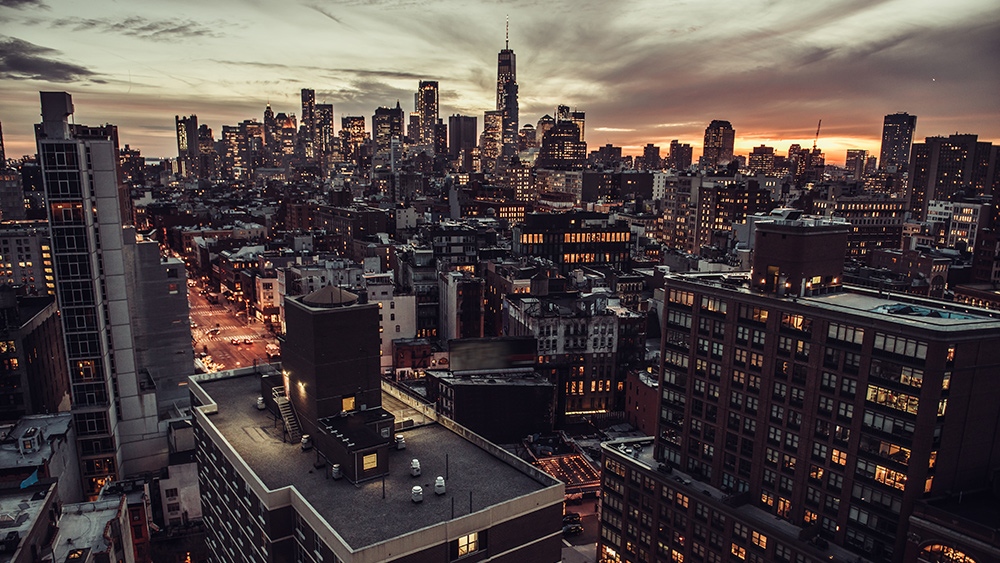Elon Musk shuts down Tesla’s profitable Supercharger team in latest round of layoffs
05/01/2024 / By Arsenio Toledo
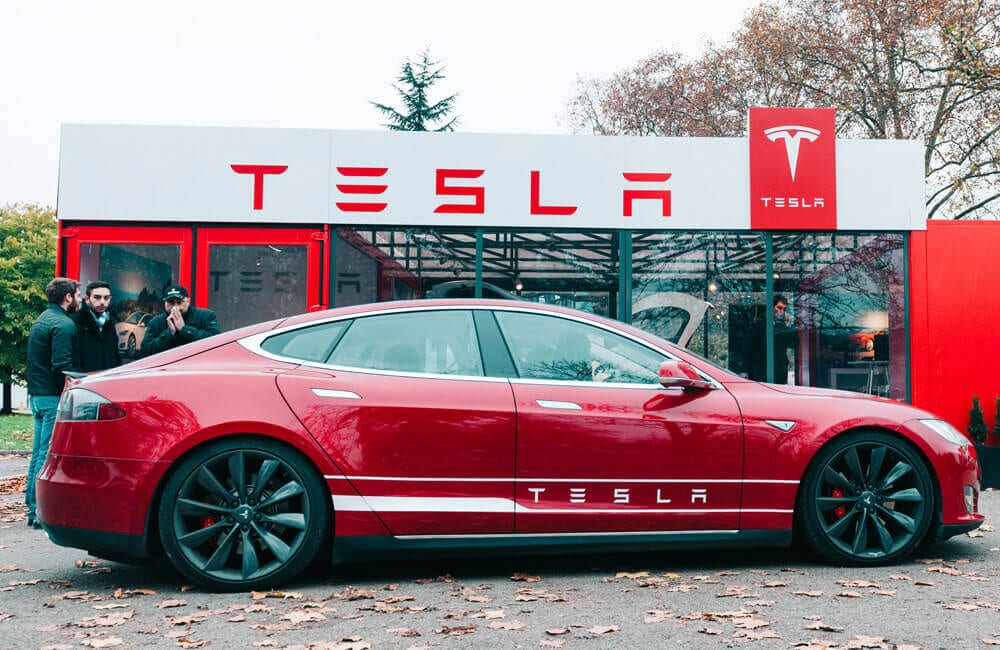
Elon Musk has shut down Tesla’s division that runs the Supercharger business in the latest round of layoffs that is expected to reduce the electric vehicle manufacturing giant’s workforce by more than 10 percent.
The shutdown of the Supercharger division includes the dismissal of two senior executives and several hundred other staffers amid an ongoing restructuring process that will end with over 14,000 Tesla employees laid off. The restructuring was brought about by a sharp downturn in the EV market and a directive by Musk to make the company “lean, innovative and hungry.” (Related: Tesla plans to lay off 10% of workforce after dismal quarterly sales.)
The shutdown of the Supercharger business was announced on Monday, April 29, when Musk circulated an internal announcement that Senior Director of Charging Infrastructure Rebecca Tinucci and Director of Vehicle Programs and New Product Introduction Daniel Ho would be leaving the company along with their entire teams. The Supercharger team alone was made up of about 500 people.
Tesla’s Supercharger system is among the largest EV charging networks in the world, and the convenience associated with the Superchargers is one of the reasons why Tesla maintained a commanding lead over rival carmakers for so long. This is why the division’s shuttering came as a surprise. Tesla’s EV charging network has 50,000 sites globally, including 15,000 in North America. The scale of the company’s charging infrastructure is unrivaled and it is clear that the team is very profitable.
“Hopefully, these actions are making it clear that we need to be absolutely hardcore about headcount and cost reduction,” Musk wrote in the internal memo, which was leaked and first reported on by tech industry-focused business publication The Information. “While some exec staff are taking this seriously, most are not yet doing so.”
“[Any manager] who retains more than three people who don’t obviously pass the excellent, necessary and trustworthy test [should resign],” he added.
Tinucci and Ho are not the only long-standing Musk executives to leave this year. Former Vice President for Public Policy and Business Development Rohan Patel resigned in the middle of April, and his entire unit was let go soon after.
Senior Vice President for Powertrain and Energy Engineering Drew Baglino resigned at around the same time. His division was responsible for the development of batteries, motors and energy products. Vice President of Investor Relations Martin Viecha recently announced that he would be stepping down in May.
Even Tesla staff were reportedly surprised by the decision to lay off the Supercharger division. Will Jameson, a now-former member of the team, wrote on X, formerly Twitter, that Musk “has let our entire charging org go.” When asked by an X user why the entire division was let go, Jameson replied, “Your guess is as good as mine.”
Another employee of the division, George Bahadue, took to LinkedIn to confirm his dismissal and express his grievances.
“What this means for the charging network, NACS, and all the exciting work we were doing across the industry, I don’t yet know,” he said. “What a wild ride it has been.”
Customers, corporate partners shocked to hear about Supercharger division’s shutdown
Supercharger operations are expected to continue. Musk himself has confirmed that Supercharger sites that are under construction would be finished and “some” new locations would also be constructed.
However, the shutdown of the Supercharger division raises questions over the future of the charging business. Musk has attempted to allay fears by posting on X that the Supercharger network will continue to grow “just at a slower pace for new locations.”
“More focus on 100 percent uptime and expansion of existing locations,” he added.
The shutdown of Musk’s Supercharger business has left customers in the dark about where to quickly charge up their Teslas. EV charging remains a sore point for the entire industry, with numerous surveys showing that many consumers remain anxious about the state of EV charging in the United States. Industry experts have theorized that more reliable charging could significantly improve EV adoption. The Supercharger team’s shutdown has now called into question the future of EV charging infrastructure expansion.
Tesla’s corporate partners were also surprised. The company recently signed deals with several rival automakers – including Ford, General Motors, Rivian and even global automakers like Volkswagen and Stellantis – that will get these corporations to adopt Tesla’s charging standard for their electric vehicles, now known as the North American Charging Standard. The decision allows car owners to go to EV charging stations of different carmakers to charge their EVs, regardless of brand. Tesla’s rivals have announced that their plans to allow Tesla owners to plug into their respective networks will not change.
Andres Pinter, co-CEO of Bullet EV Charging Solutions, which supplies the network, said: “As contractors for the Supercharger network, my team woke up to a sharp kick in the pants this morning.”
“Tesla has already been awarded money under the federal government’s NEVI program,” said Pinter, referring to the National Electric Vehicle Infrastructure formula program that provides funding for states to award contracts for the expansion of EV charging networks. “There’s no way Mr. Musk would walk away from effectively free money. It may be possible Mr. Musk will reconstitute the EV charger team in a bigger, badder, more Muskian way.”
Speculation is rife among industry analysts, with the leading theory being that Musk wanted to disband the existing Supercharger division to build a leaner and less expensive team to run charging operations.
Other analysts have taken a dim view of the matter and believe that Musk is cutting the Supercharger division in a bid to also downsize the Supercharger network so Tesla can conserve cash for other projects with more growth potential. Such a move would inevitably lead to another company taking over as the leader in EV charging in the U.S. and the world.
Other analysts are even suggesting that Musk might be interested in selling Tesla’s Supercharger network – a decision that could prove to be very profitable for both Musk and Tesla shareholders. Rival U.S. charging networks have struggled with reliability problems and do not have the scale or prime locations Tesla has locked in. Grabbing a chunk of Tesla’s network could solve a lot of their problems.
Learn more about the billionaire Elon Musk and his business ventures, including Tesla, at ElonMuskWatch.com.
Watch this clip showing how Tesla charging stations emit massive amounts of EMF radiation.
This video is from the HaloRockTM channel on Brighteon.com.
More related stories:
U.S. government to probe Tesla after receiving 2,400 complaints of drivers LOSING STEERING CONTROL.
Tesla Drivers in NYC grapple with long waiting times due to lack of fast charging stations for EVs.
Car rental company SIXT drops Tesla EVs from its fleet due to poor resale value, high repair costs.
Sources include:
Submit a correction >>
Tagged Under:
Bubble, chaos, charging infrastructure, charging stations, Collapse, debt collapse, economic riot, electric vehicles, Elon Musk, EVs, finance riot, flying cars, green living, Green New Deal, jobs, market crash, mass layoffs, money supply, panic, risk, robocars, Supercharger, tesla, unemployment
This article may contain statements that reflect the opinion of the author
RECENT NEWS & ARTICLES
COPYRIGHT © 2017 RISK NEWS






